News detail
Selection of Refractory Materials for Lattice Body of Glass Kiln
Lattice body
Because the whole brick body is under high temperature load, dust and alkali vapor, the erosion degree of the lattice body will be more serious than that of the wall and side wall, so the use conditions are more stringent. The blockage and collapse of the lattice body are often one of the important reasons for the shutdown and cold repair of the glass kiln. Therefore, the lattice body refractory material is required to have high physical strength, low creep rate, strong defense against alkali erosion caused by changes in furnace temperature and atmosphere, no adhesion of dust, and slow damage.
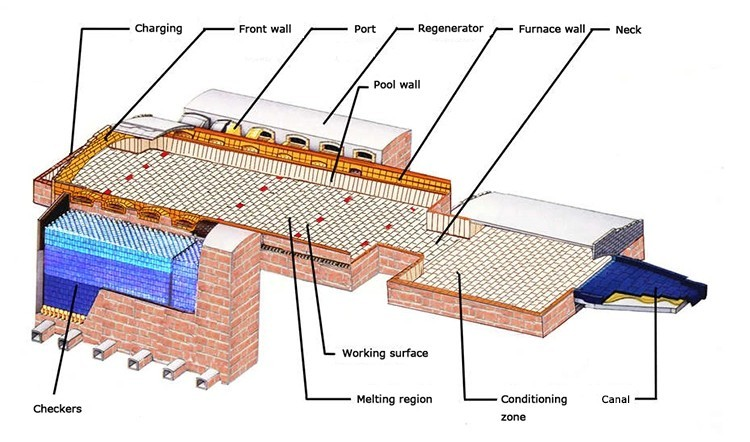
At the top of the lattice body: the temperature is the highest, which can reach 1400-1540℃, and the erosion by alkali vapor and dust is also the most serious. Generally, fused rebonded magnesia bricks are selected. Because there are relatively few silicates in fused rebonded magnesia bricks, the periclase crystals have grown, and the periclase has formed a direct bond, which delays and curbs the rate at which the periclase crystals gradually increase under the action of alkali vapor, and it is not easy to cause the bricks to crack and pulverize.
Upper part of the grid body: The temperature here can reach 1100-1430℃, and 95# combined with magnesium bricks are generally used.
Middle part of the grid body: The temperature is 800-1100℃. In the range of 800-1100 degrees Celsius, alkali metal sulfates condense, and magnesium and calcium grid bodies are severely corroded by SO3 and Na20 and chemical reactions occur, which will cause large bricks to expand and be severely damaged. Therefore, this part is not suitable for the use of magnesium bricks, but magnesium-aluminum spinel bricks or directly combined with magnesium-chrome bricks or magnesium-zirconium bricks and forsterite bricks should be used.
Lower part of the grid body: This section has a low operating temperature, heavy load, and little alkali erosion, but it is relatively close to the flue and is directly affected by cold air. The required material should be able to withstand rapid cooling and heating, and it is OK to choose a low-priced one. Therefore, low-porosity clay bricks with relatively low prices are generally used.
Working environment analysis
Temperature factors
The lattice of the glass kiln is in a high-temperature environment. During the heat storage process, it absorbs the heat of the high-temperature exhaust gas discharged from the kiln, and the temperature can be as high as 1300-1500℃ or even higher. In the heat release stage, the heat must be transferred to the combustion air or gas. The frequent changes in temperature are a huge test for the thermal stability of the refractory material. For example, in the production process of float glass, the temperature of the kiln exhaust gas can reach about 1400℃, and the lattice refractory material needs to work for a long time at such a high temperature.
Chemical erosion
The exhaust gas contains a large amount of alkali metal oxides (such as Na₂O, K₂O), and these alkali vapors will react chemically with the refractory material. In addition, it may also contain acidic gases such as sulfur dioxide (SO₂) and sulfur trioxide (SO₃). Alkali vapor will corrode the silicon dioxide (SiO₂) component in the refractory material, forming a low-melting point compound, which reduces the refractoriness of the refractory material. For example, when alkali vapor comes into contact with ordinary aluminum silicate refractory materials, a reaction will occur to generate sodium silicate or potassium silicate. These compounds are liquid at high temperatures and will destroy the structure of the refractory materials.
Airflow scouring effect
High-temperature exhaust gas and combustion-supporting gas flow at high speed in the lattice body, which will have a strong scouring effect on the refractory materials. Long-term airflow scouring may cause surface wear of refractory materials, reduce the thickness of refractory materials, and even cause local peeling. Especially in the channel part of the lattice body, the airflow speed is faster and the scouring effect is more obvious.
Refractory material performance requirements
High temperature resistance
Refractory is a key indicator. The refractoriness of refractory materials for glass kiln lattice bodies should generally not be less than 1600℃. The material should maintain structural stability at high temperatures without softening, melting, etc. For example, some high-quality high-aluminum refractory materials can reach a refractoriness of 1750-1790℃, which can meet the high temperature requirements of the lattice body.
Chemical erosion resistance
Good alkali erosion resistance is essential. Refractory materials with low silica content and relatively high alumina (Al₂O₃) content should be selected. Corundum refractory materials (Al₂O₃ content greater than 90%) have good resistance to alkali vapor erosion, because the alumina crystals in their structure can resist the erosion of alkali vapor, form a relatively stable protective film, and reduce the harm of chemical erosion.
Thermal shock resistance
Due to the frequent changes in the temperature of the lattice body, the thermal expansion coefficient of the refractory material should be small to avoid excessive thermal stress during temperature changes that may cause the material to crack. Mullite refractory materials have a relatively low thermal expansion coefficient and good toughness. They can maintain good integrity under rapid temperature changes, and their thermal shock resistance is better than that of ordinary clay bricks.
Mechanical strength
It must be able to withstand the mechanical forces generated by its own weight and air flow scouring. Normal temperature compressive strength and high temperature compressive strength are important indicators for measuring mechanical strength. Magnesium bricks have high mechanical strength and can maintain good structural stability at high temperatures. They are suitable for lattice parts that are subject to greater pressure and strong scouring.
Common types and characteristics of refractory materials
Clay bricks
Advantages: relatively low price, with certain high temperature resistance, simple production process and wide sources. It can be used in environments where temperature changes are not too drastic and chemical erosion is weak.
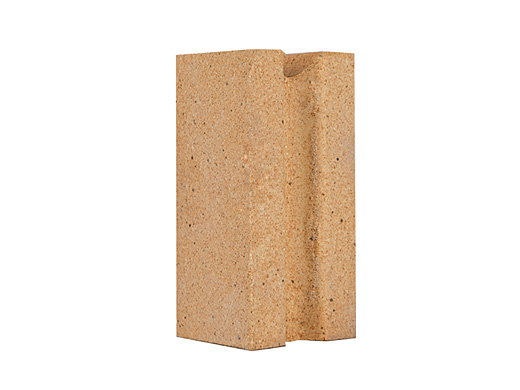
Disadvantages: relatively low refractoriness, generally between 1610-1730℃, poor resistance to alkali erosion. In environments with high alkali vapor concentration, the service life is short, and its application is limited in the harsh environment of the glass kiln grid body.
High alumina bricks
Advantages: high Al₂O₃ content (usually between 48%-90%), high refractoriness, up to 1750-1790℃. It has stronger resistance to chemical erosion, especially alkali erosion, than clay bricks, and better thermal stability. It is one of the commonly used refractory materials for glass kiln grid bodies.
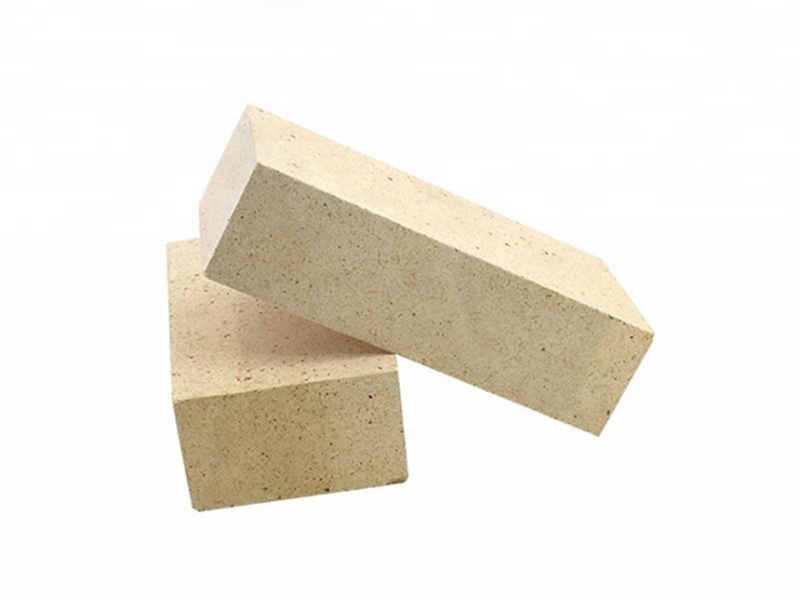
Disadvantages: higher price than clay bricks, and long-term use at high temperatures may cause shrinkage, affecting the structural stability of the grid body.
Corundum bricks
Advantages: Al₂O₃ content is above 90%, with extremely high refractoriness (generally greater than 1790℃), good chemical corrosion resistance and high mechanical strength. It can maintain good performance in harsh chemical environment and high temperature environment, and is suitable for key parts of glass kiln lattice body that require extremely high refractory material performance.
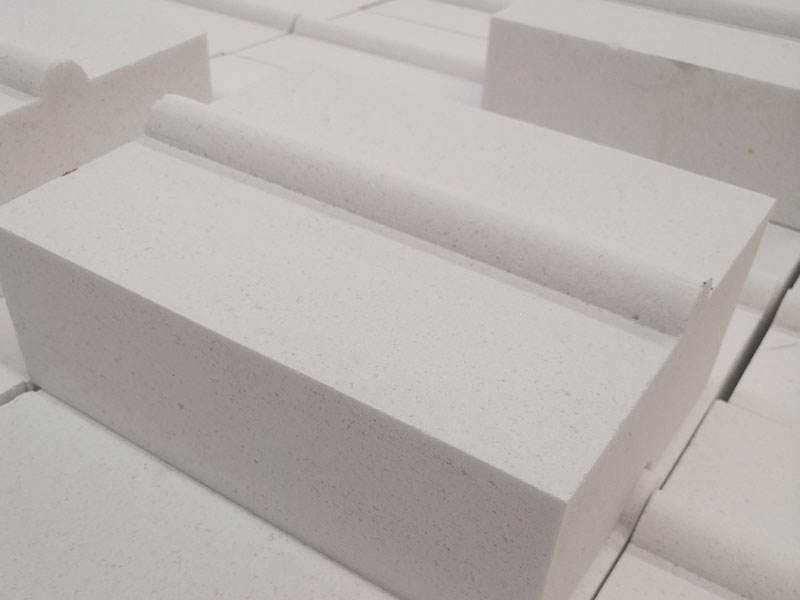
Disadvantages: Expensive, relatively high thermal conductivity, and poor thermal insulation performance compared to clay bricks.
Mullite bricks
Advantages: The crystal structure of mullite (3Al₂O₃・2SiO₂) gives it good thermal shock resistance and high refractoriness (1780 – 1850℃), and it also has a certain resistance to alkaline vapor, and can better adapt to the working environment of the lattice body.
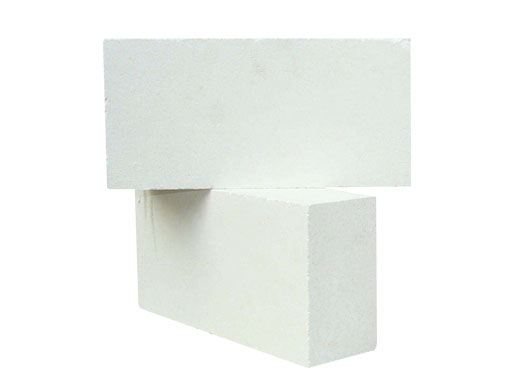
Disadvantages: High production cost, and the strength may not be as good as corundum bricks and magnesia bricks under certain extreme conditions.
Magnesia bricks
Advantages: It has high refractoriness (up to about 2000℃) and good mechanical strength, can resist wear and airflow scouring at high temperatures, and is suitable for lattice parts that are subject to greater pressure and scouring.
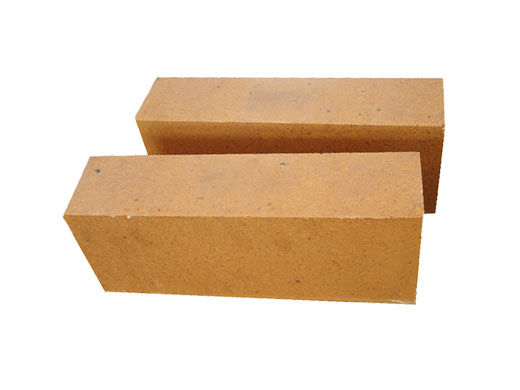
Disadvantages: It is susceptible to moisture and has poor hydration resistance. In an environment containing more acidic gases (such as SO₂, SO₃), chemical reactions may occur, resulting in performance degradation.
Selection suggestions
Select according to the specific working conditions of the kiln
For small glass kilns with low alkali content in the exhaust gas and relatively small temperature changes, clay bricks or high-quality high-alumina bricks can be considered as the main refractory materials for the lattice body, which can reduce costs while meeting basic performance requirements. For large and advanced float glass kilns, due to their high temperature, high alkali vapor concentration and high thermal efficiency requirements, high-performance refractory materials such as corundum bricks and mullite bricks should be used first to ensure the long-term stable operation of the lattice body.
Consider cost-benefit balance
When selecting refractory materials, we should not only consider the performance of the material, but also the cost factor. For example, although corundum bricks have excellent performance, they are relatively expensive. If the temperature, chemical erosion and scouring effects in some non-critical parts of the lattice body are relatively small, clay bricks or high-alumina bricks with lower prices can be appropriately used, and high-performance refractory materials can be used in key parts. This can reduce the total cost of refractory materials while ensuring the overall performance of the lattice body.
Choose in combination with maintenance and replacement plans
Although some refractory materials have good initial performance, they may deteriorate rapidly after a period of use. If the maintenance cycle of the kiln is short and the lattice refractory can be replaced in time, then some materials with relatively short service life but low price can be selected. On the contrary, if the maintenance of the kiln is difficult and the maintenance cost is high, refractory materials with long service life and stable performance should be selected, such as corundum-mullite composite bricks, which combine the advantages of corundum bricks and mullite bricks and have a long service life.


Send inquiry
Please Leave your message you want to know! We will respond to your inquiry within 24 hours!